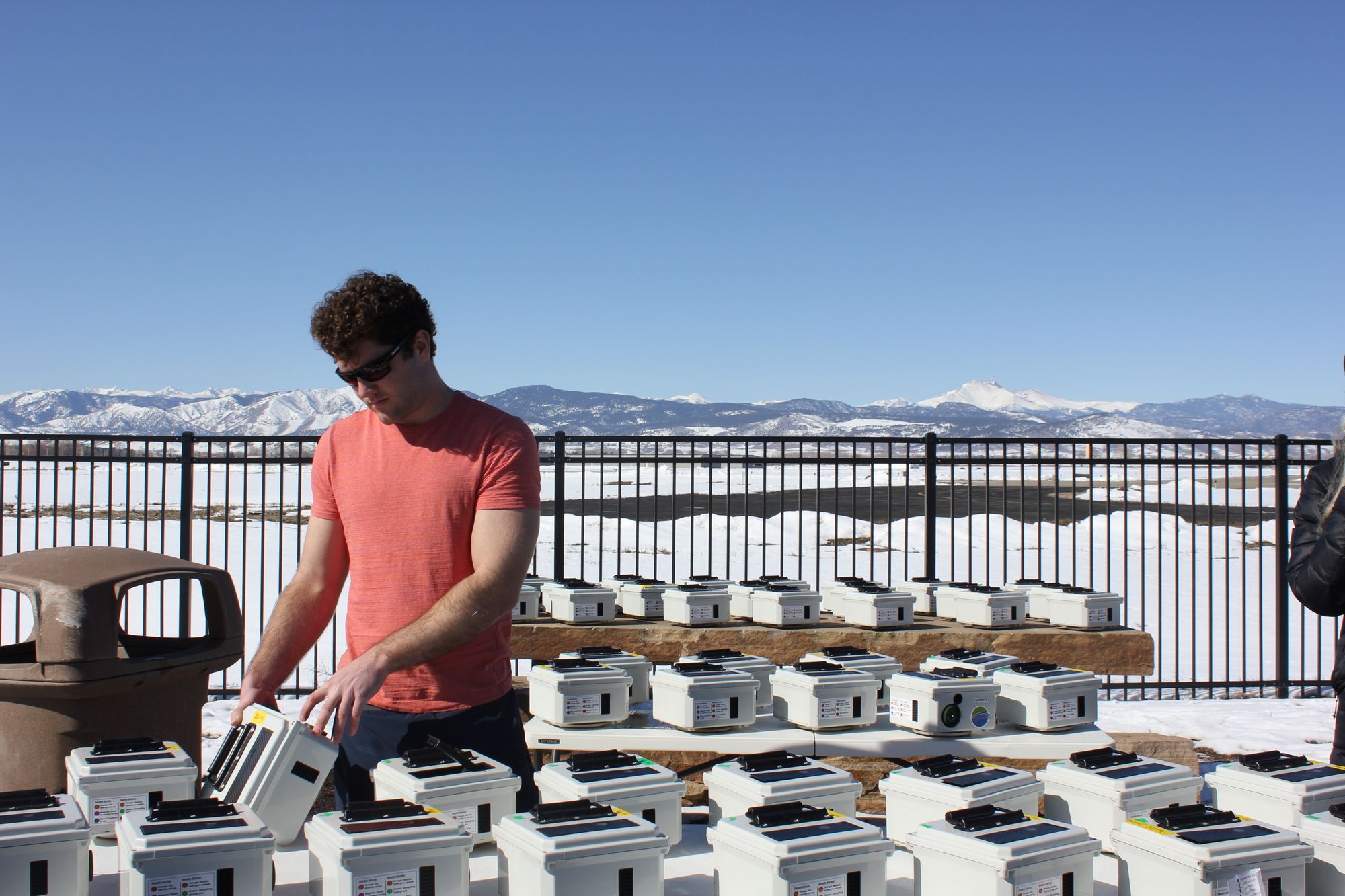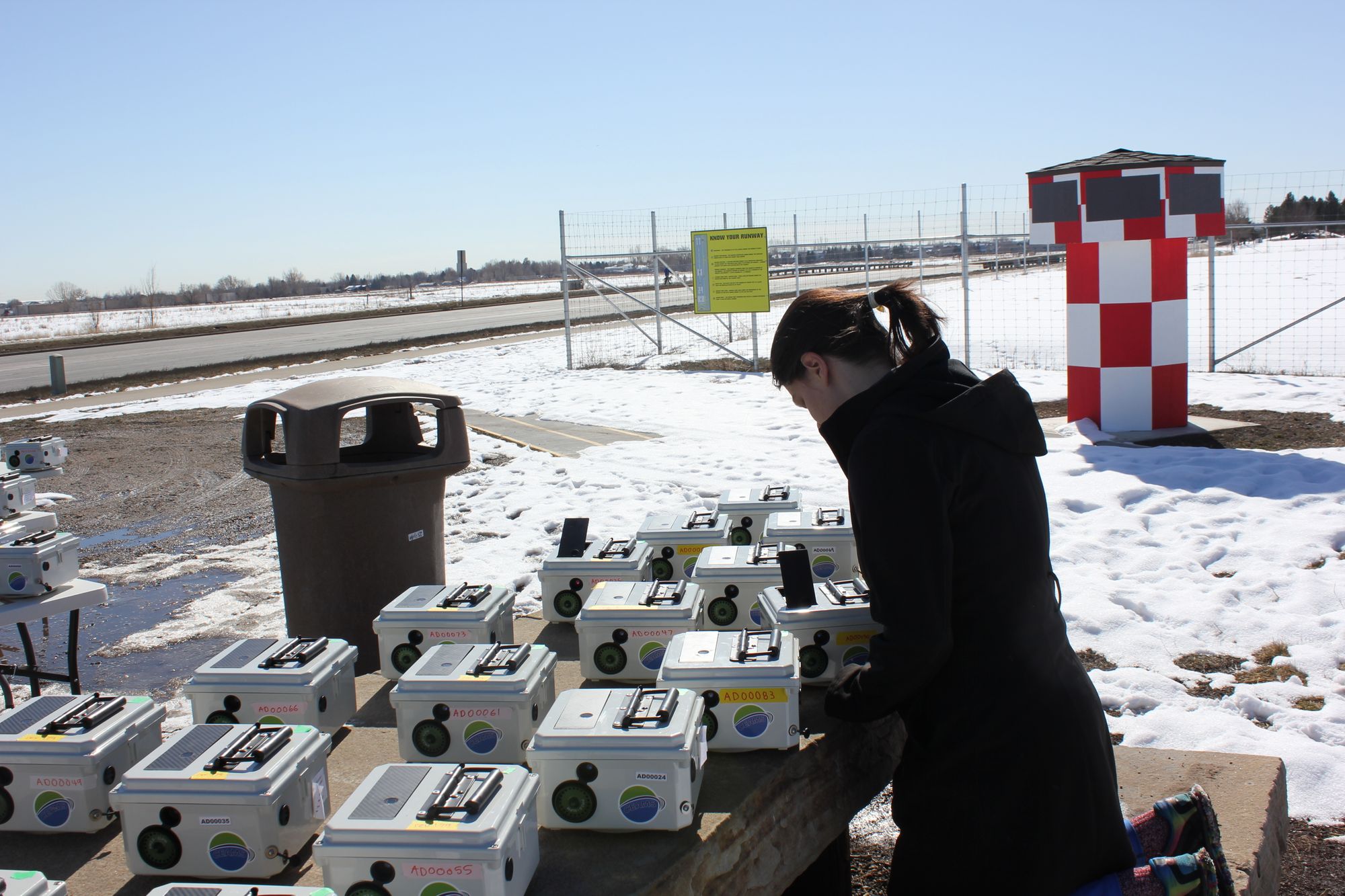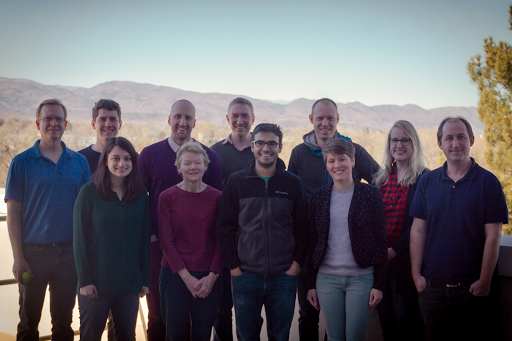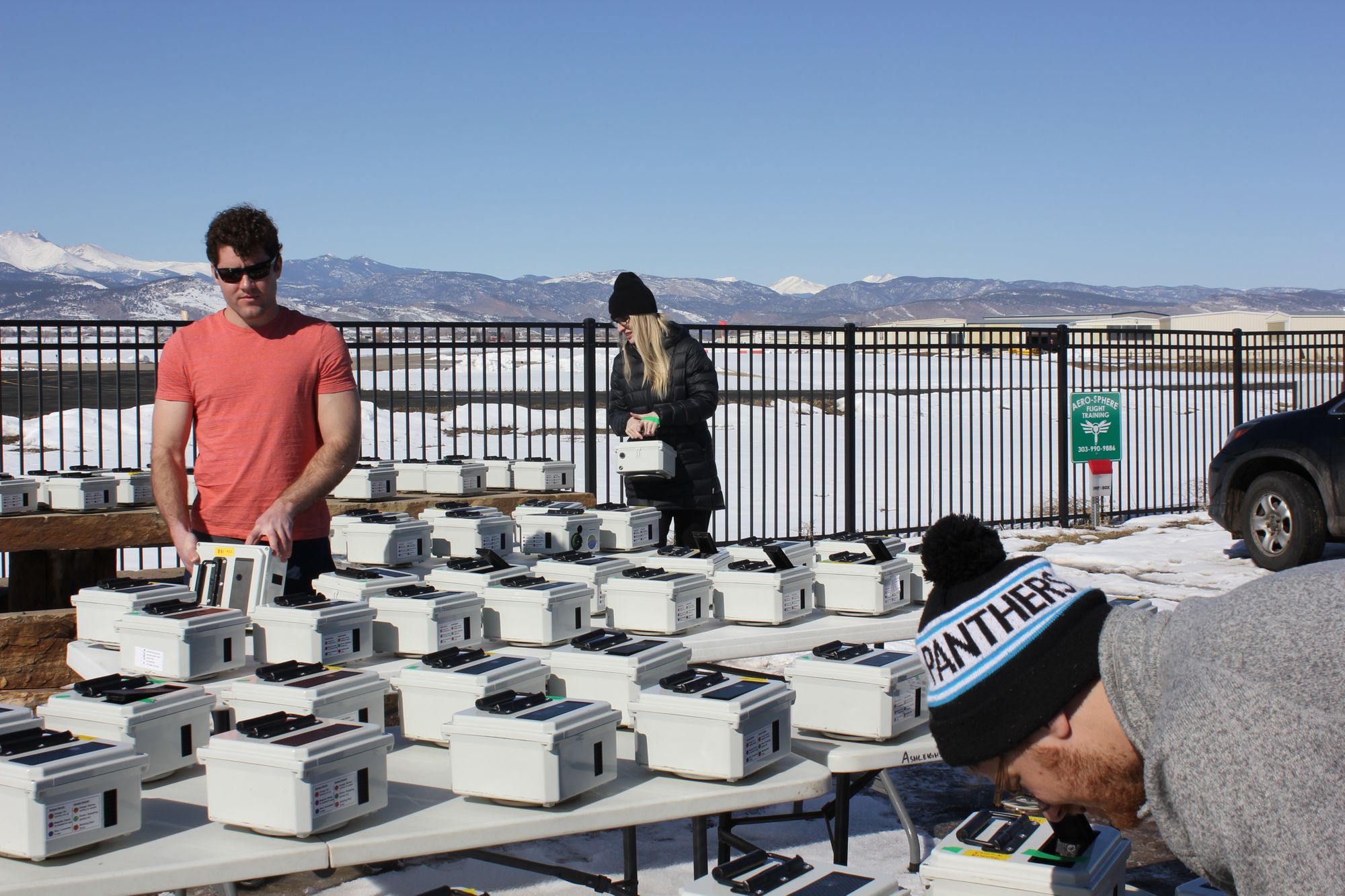The CEAMS team is made up of a large group of scientists, across many different fields. With project scientists, professors, and post-doctoral scholars, being a part of CEAMS means working with interesting people from fascinating backgrounds.
We'd like to showcase our graduate students and what they're all about:



Michael Cheeseman
I am a PhD student working on the CEAMS project. My primary job is to analyze the data that our participants collect and display them in fun and informative ways for the public. Then I take that data and attempt to answer the primary science questions of the project. For example, I want to use satellite data in conjunction with CEAMS data to assess how wildfire smoke impacted days may affect our ability to predict ground-level air pollution over Denver.
I went to school in the Appalachian mountains of North Carolina, where forest fires would blow smoke as thick as fog over our town. We’d be stuck inside in order to protect our lungs. I didn’t know back then, looking out into the suddenly gray world that had descended, that I would eventually study wildfires as a career. It was experiences like this, as well as learning about the climate crisis and global scale pollution, that motivated me to study environmental science. I hope to use what I learn working with the CEAMS team, and the Denver community, to pursue a career in policy and science communication.
Zoey Rosen
My focus is on the social science side of the CEAMS project. I am in the PhD program for public communication and technology, so I focus on how science is communicated.The CEAMS project and the data we collect will help me learn more about the social processes behind citizen science, and what brings people to participate in an effort like this. I hope to use what we learn from this project in my doctoral work and grow as a scientist.
I grew up in Los Angeles, California, so poor air-quality days were part of our yearly fire season. When I lived in Reno, Nevada, especially during the 2013 fires, I learned about how altitude, inversion layers, and mountains affect air quality. Now living in northern Colorado, my interest in the air quality is only growing with each day. From the places I've lived, I've gotten to learn about how unique the environment is in each area, and how influential air quality is on the people who live there.
Eric Wendt
I am a mechanical engineering PhD student and my primary role on the CEAMS project is leading the design and testing of our air pollution monitoring instrument, the Aerosol Mass and Optical Depth (AMOD) monitor. Our engineering team designed the AMOD specifically for deployment in large citizen-science networks, with low-cost and ease-of-use our primary design criteria.
I started in our group as an undergraduate intern. My interests in cyber-physical systems and atmospheric measurement motivated me to continue on as a graduate student. For the remainder of my program, I plan to continue my study of cyber-physical systems and work to make low-cost, high-quality air pollution measurement more accessible across the globe.


